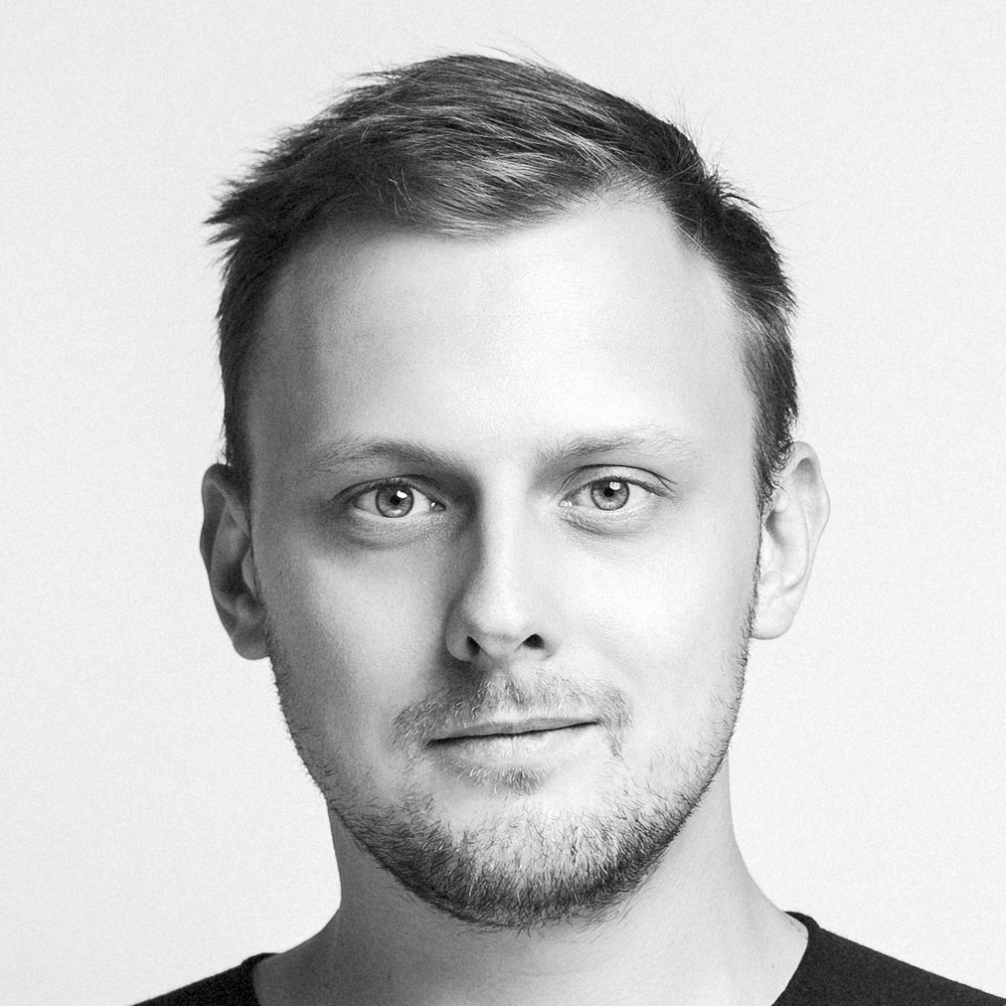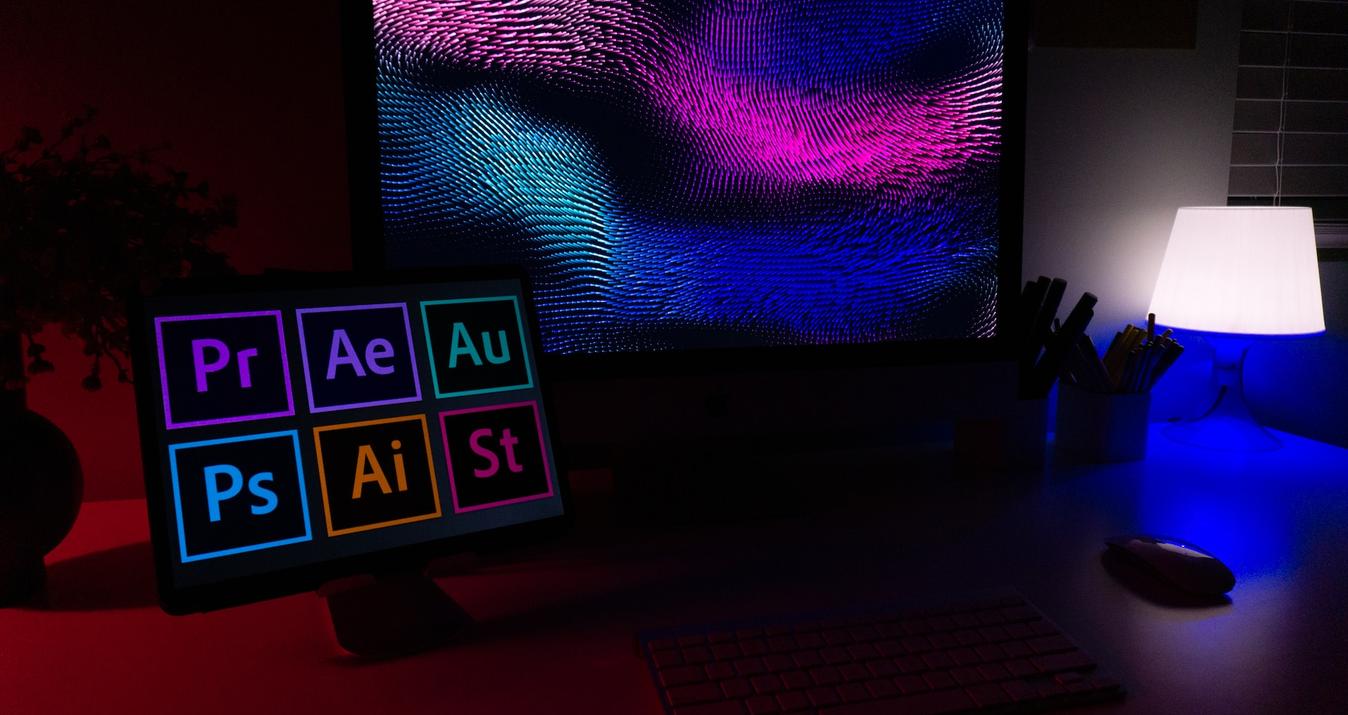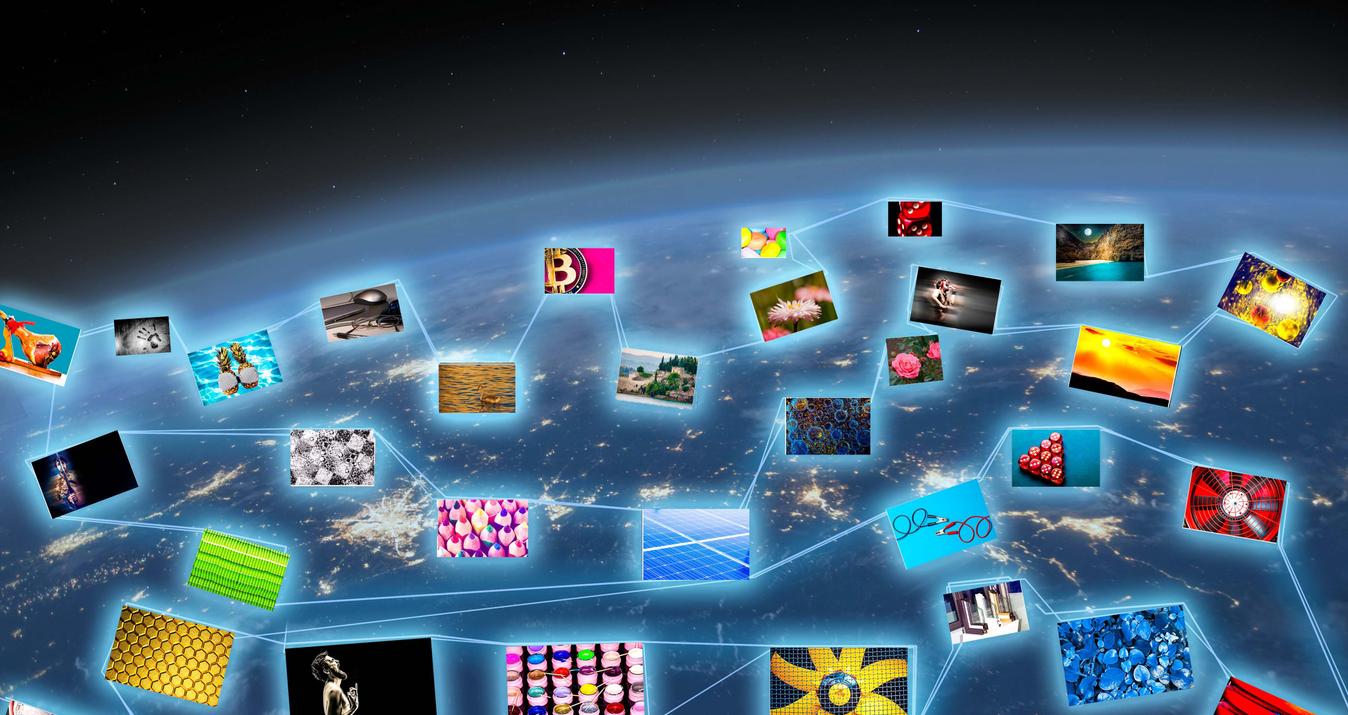Artificial intelligence (AI) will change how people work and live. It’s likely to replace or assist many jobs, starting from manual labor and going up to medical and executive positions. The AI boom is changing the world as we know it forever.
AI makes sense for lots of jobs that involve repeated actions, but what about creative jobs?
Can AI automate creativity?
From the technological standpoint, current AI technology is pretty simple — it’s extremely good at imitating and copying patterns of human behavior in very defined situations. Take a look at yourself. You likely do lots of repetitive actions that aren’t all that complicated. Think of writing from the mechanical point of view, recognizing everyday objects, and driving.
The real question is if AI can generate totally unique and creative content. There’s no simple answer.
Take, for example, a novel algorithm of the so-called generative adversarial networks, or GANs. Recent research by NVIDIA shows that AI can generate new content pretty well.
NVIDIA’s neural network was introduced to a collection of photos of Hollywood celebrities and was trained to generate new faces of non-existent celebrities. But while this sounds impressive, it’s not creativity as we know it. It’s just a more complicated way of copy-pasting existing knowledge, like a baby trying to copy words and producing gibberish. A baby might try to copy the look of adult writing, but it can’t possibly understand the contents. This celebrity face generator does the same thing — it imitates, but it doesn’t create. The difference is purely philosophical.
“All artistic creation is a form of imitation.” — Plato
The same is true for photo editing. AI can learn to imitate the photo editing process by following best practices and patterns learned from professional photographers. At least it can replicate the routine part — fixing white balance, exposure, details, and clarity in the same way a human editor would. But AI is unable to add a creative touch. That still requires human intervention.
For example, the AI behind our automated photo editing tool, Photolemur, makes the most of your photos using a number of tips and tricks taken from professional Luminar users. That’s a great way to make your photo collections look great and do it fast, by applying the collective wisdom of our community. But to create a masterpiece, you still have to open Luminar and get to work. There’s no AI to automate that.
The best creative minds rely upon vast and varied experiences that span a lifetime. Neural networks are far from that broad vision. While they’re great at imitation, work at making them a more universal solution is still in its infancy. The main reason for this is the limited memory and experience of AI systems, which are usually limited to one simple application.
As a company, we see our mission as developing AI that will help you with routine editing and give you new tools for the creative process.
Garry Kasparov, the famous chess grandmaster and now an AI researcher, has proposed a new meaning for AI that we like — AI should stand for Assisted Intelligence. Human intelligence assisted by a machine’s deep domain expertise makes an unbeatable combination. At least in chess and photography.
A Special Perk for Our Blog Readers
Get a 10% discount on Luminar Neo and dive into professional photo editing today!
Thank you for subscribing.
Your gift is waiting in your inbox!










